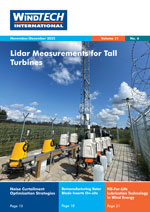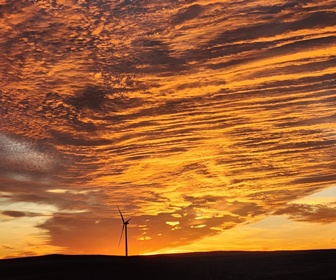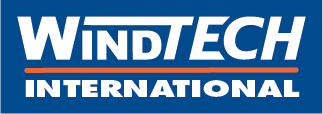A group of contractors has signed supply agreements with wpd on the 350 MW Guanyin project off the coast of Taoyuan, Taiwan. They are now ready to start the construction with planned commissioning in 2022 as soon as the remaining permits will be issued by the Taiwanese government.
The 36 turbines of the V164 type will be delivered by MHI Vestas Offshore Wind including local production of towers at CS Wind Taiwan. Formosa Heavy Industry and CTCI Machinery will provide the monopile foundation structures. The foundations will be set with HLV seaway Yudin by Seaway Heavilift, while Fred Olsen Windcarrier will be responsible for the installation of the wind turbines. The submarine cables are intended to be laid by CSBC Deme Wind Engineering (CDWE). GE Taiwan will build an onshore-substation after the submarine cables have landed on the mainland. The O&M contract with Deutsche Windtechnik includes a crew transfer vessel locally built in Taiwan.










